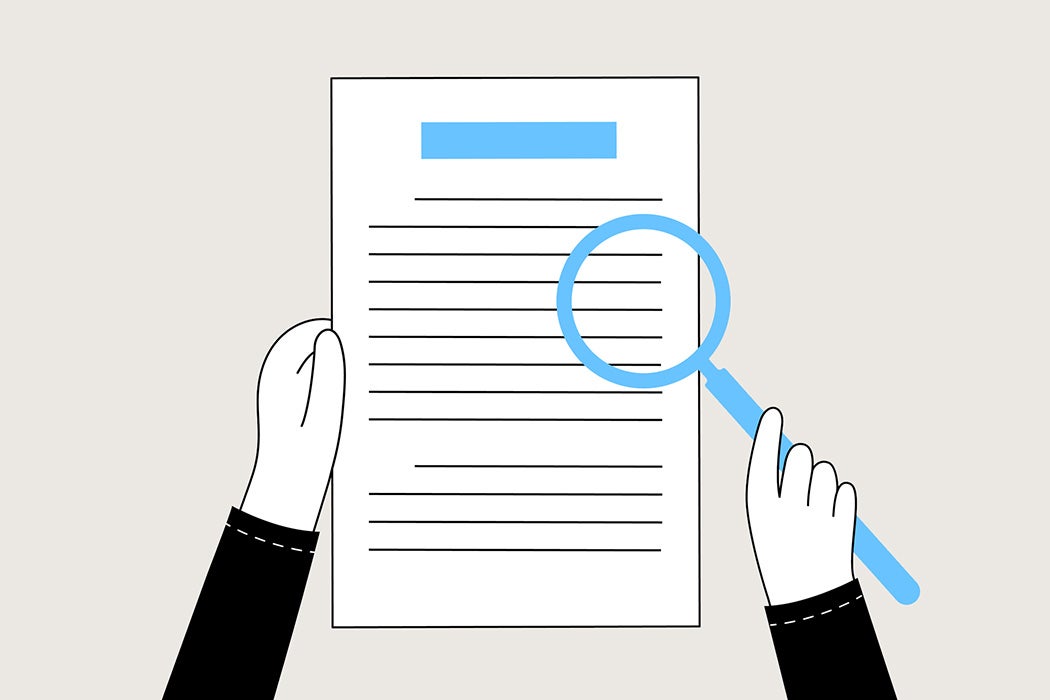Peer review has become a cornerstone of academic publishing, a fundamental part of scholarship itself. With peer review, independent, third-party experts in the relevant field(s) assess manuscripts submitted to journals. The idea is that these expert peers referee the process, especially when it comes to technical matters that may be beyond the knowledge of editors.
“In all fields of academia, reputations and careers are now expected to be built on peer-reviewed publication; concerns with its efficacy and appropriateness thus seem to strike at the heart of scholarship,” write historians Noah Moxham and Aileen Fyfe.
The peer review system, continue Moxham and Fyfe, is “crucial to building the reputation both of individual scientists and of the scientific enterprise at large” because the process
is believed to certify the quality and reliability of research findings. It promises supposedly impartial evaluation of research, through close scrutiny by specialists, and is widely used by journal editors, grant-making bodies, and government.
As with any human enterprise, peer review is far from foolproof. Errors and downright frauds have made it through the process. In addition, as Moxham and Fyfe note, there can be “inappropriate bias due to the social dynamics of the process.” (Some peer review types may introduce less bias than others.)
The term “peer review” was coined in the early 1970s, but the referee principle is usually assumed to be about as old as the scientific enterprise itself, dating to the Royal Society of London’s Philosophical Transactions, which began publication in 1665.
Moxham and Fyfe complicate this history, using the Royal Society’s “rich archives” to trace the evolution of editorial practices at one of the earliest scientific societies.
Initially, the publication of Philosophical Transactions was a private venture managed by the Society’s secretaries. Secretary Henry Oldenburg, the first editor, ran it from 1665 to 1677, without, write Moxham and Fyfe, any “clear set of standards.”
Research sponsored by the Royal Society itself was published separately from the Transactions. In fact, the royally chartered Society had the power to license publication of books and periodicals (like the Transactions) as “part of a wider mechanism of state censorship intended to ensure the proscription of politically seditious or religious heterodox material.” But as time passed, there wasn’t really much Society oversight over the publication at all.
The situation came to a crisis in the early 1750s, when an unsuccessful candidate for a Society fellowship raised a ruckus, conflating the separate administrations of the Society and the now rather stodgy Transactions. The bad press compelled the Society to take over financial and editorial control—by committee—of the Transactions in 1752. The editorial committee could refer submissions to fellows with particular expertise—but papers were already being vetted since they needed to be referred by fellows in the first place.
Formalization of the use of expert referees would be institutionalized by 1832. A “written report of fitness” of submissions by one or more fellows was to be made before acceptance. This followed similar procedures already introduced abroad, particularly at the Académie des sciences in Paris.
All of this, Moxham and Fyfe argue, was more about institution-building (and fortification) than what we know as peer reviewing today.
“Refereeing and associated editorial practices” were intended to “disarm specific attacks upon the eighteenth-century Society; sometimes, to protect the Society’s finances; and, by the later nineteenth century, to award prestige to members of the nascent profession of natural scientists.”
Weekly Newsletter
From 1752 to 1957, the front of every Transactions included an “Advertisement” noting that the Society could not pretend to “answer for the certainty of the facts, or propriety of the reasonings” of the papers contained within; all that “must still rest on the credit or judgement of their respective authors.”
The twentieth century saw a plethora of independent scientific journals and an exponential increase in scientific papers. “Professional, international scientific research” burst the bounds of the old learned societies with their gentlemanly ways. In 1973, the journal Nature (founded in 1869) made refereeing standard practice, to “raise the journal above accusations of cronyism and elitism.” Since then, peer review, as it came to be called in preference to refereeing, has become universal. At least in avowed “peer-reviewed journals.”







